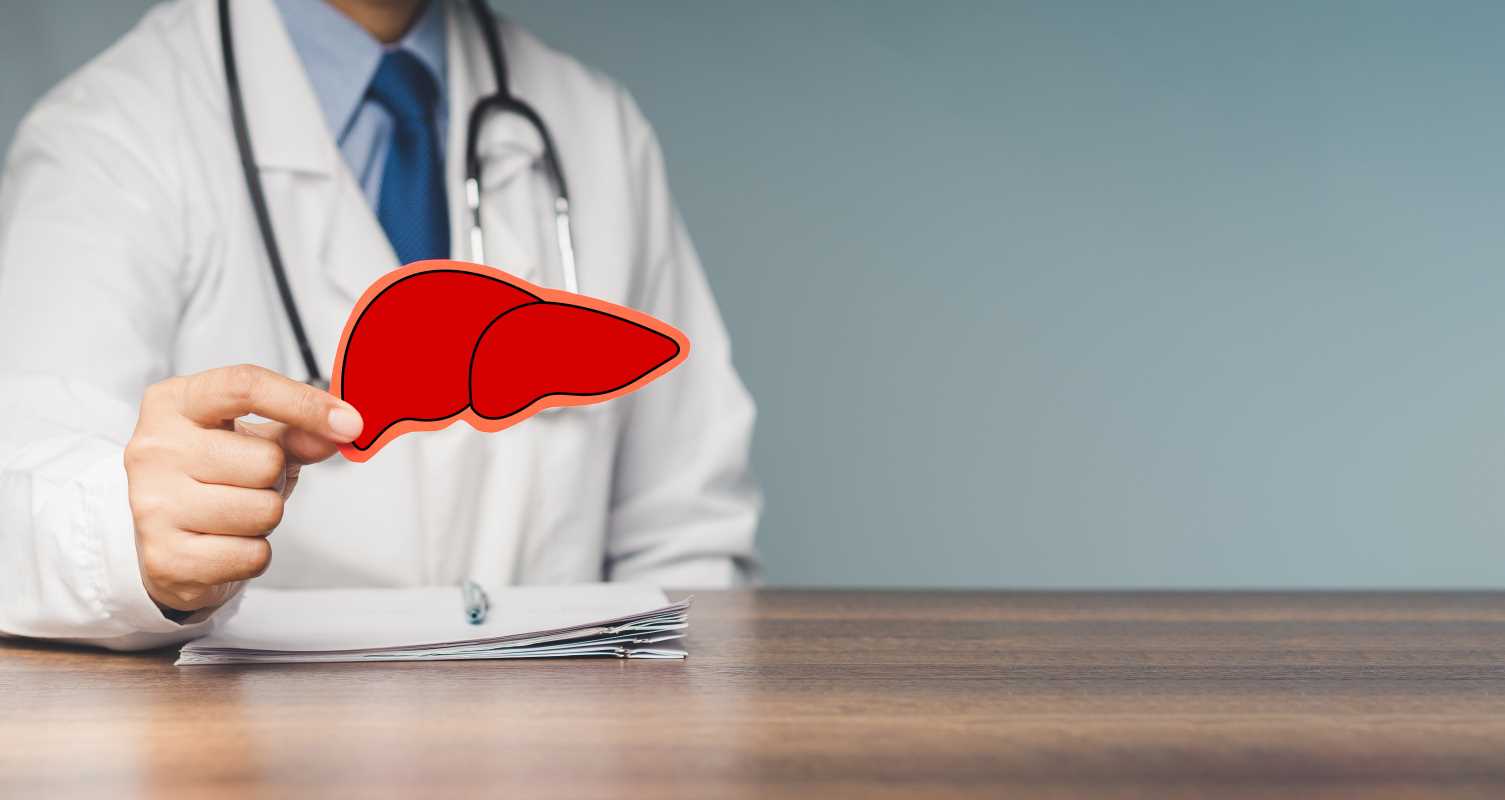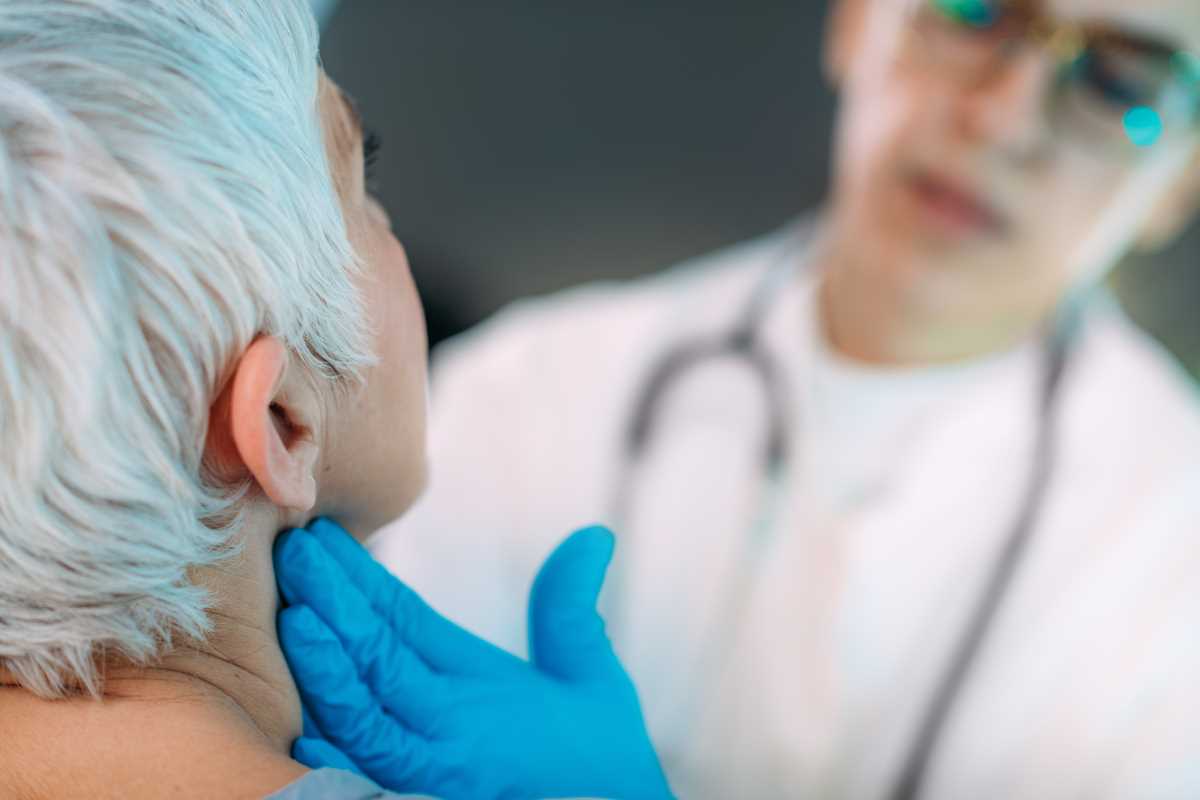Advanced liver disease, often referred to as end-stage liver disease, doesn’t always come with obvious symptoms early on. By the time the condition progresses, however, the warning signs become more apparent and serious. The liver is vital for filtering toxins, producing bile, and regulating nutrients in the body. When it’s no longer functioning properly, issues can arise throughout the body, causing noticeable changes to your health. Understanding these red flags can help ensure timely medical intervention to manage the disease effectively. This guide highlights the clear warning signs of advanced liver disease and explains what each symptom means for your health.
Recognizing Advanced Liver Disease
1. Jaundice
Jaundice is one of the most noticeable red flags of liver disease. It happens when there’s a buildup of bilirubin, a yellow compound that forms when red blood cells break down. A damaged liver fails to process bilirubin effectively, causing it to accumulate in the bloodstream.
- Signs to look for: Yellowing of the skin, eyes, and even urine. The whites of the eyes often show the first visible signs, followed by a yellowish tone on the skin.
- What it signals: Jaundice indicates the liver is struggling to perform its basic functions. It often accompanies advanced liver damage and needs immediate medical attention.
2. Swelling in the Abdomen
An enlarged abdomen, also called ascites, occurs when fluid builds up in the abdominal cavity. This is a common sign of advanced liver disease and develops due to increased pressure in the liver’s blood vessels and reduced albumin levels.
- Signs to look for: A bloated or tight stomach that may become uncomfortable or even painful. Fluid retention in the abdominal cavity may cause significant weight gain over a short period.
- Why it matters: Persistent swelling may lead to infections or other complications. Treating ascites often requires lifestyle changes, medications, or drainage procedures.
3. Unexplained Bruising and Bleeding
The liver plays a key role in producing proteins that help blood clot. When it’s compromised, the ability to control bleeding diminishes. This can make even minor injuries result in excessive bruising or prolonged bleeding.
- Signs to watch for: Easily visible bruises that appear without a clear cause, or longer-than-usual bleeding from small cuts.
- Underlying problem: Reduced clotting factors indicate significant liver damage, warranting immediate evaluation and supportive care.
4. Mental Confusion or Forgetfulness
Cognitive issues, also referred to as hepatic encephalopathy, stem from the liver’s inability to filter toxins from the blood. These toxins can build up and affect brain function, leading to noticeable changes in memory, personality, or concentration.
- Symptoms to notice: Confusion, forgetfulness, difficulty focusing, or even unusual mood swings. Severe cases can escalate to drowsiness or unconsciousness.
- What it means: Cognitive symptoms are often a sign of advanced liver failure and should be treated promptly to minimize worsening effects.
5. Chronic Fatigue
Feelings of deep exhaustion can occur when your liver isn’t functioning properly. The liver helps regulate energy by storing and releasing glucose, and when it’s damaged, the body experiences reduced energy levels.
- Signs to observe: Persistent tiredness that doesn’t improve with rest, low energy during daily activities, or unexplained weakness.
- Impact of fatigue: Chronic fatigue can make it harder to maintain your quality of life, and it’s directly linked to the liver’s inability to support your body’s energy systems.
6. Dark-Colored Urine and Pale Stools
Changes in urine and stool color offer a clear visual sign of liver dysfunction. Dark urine happens because of excess bilirubin passing through the kidneys, while pale stools result from reduced bile production in the liver.
- What to look for: Urine that appears tea-colored or darker and stools that are light gray or white instead of brown.
- What it indicates: These changes reflect the liver’s impaired ability to process waste. Combined with other symptoms, they serve as an early signal that requires close attention.
7. Itchy Skin
Severe itching (pruritus) can develop in advanced liver disease due to the accumulation of bile salts in the skin. Itching may seem like a minor issue, but it could be an indication of serious underlying liver damage.
- Clues to notice: Widespread itching that doesn’t respond to lotions or topical treatments, especially in areas like the arms and legs.
- Why it matters: Persistent itching should prompt further evaluation to determine if liver disease is a contributing factor.
8. Loss of Appetite and Weight Loss
Unintended weight loss and appetite changes are common as liver disease progresses. Damage to the liver affects digestion and nutrient absorption, leading to reduced food intake and malnutrition.
- Signs to watch: Loss of interest in eating, difficulty finishing meals, or an unexplained drop in weight despite no changes in lifestyle.
- How to respond: Monitoring dietary intake and discussing symptoms with a healthcare provider can identify whether these changes are linked to liver dysfunction.
9. Spider-Like Blood Vessels on the Skin
Spider angiomas, or small clusters of visible blood vessels just under the skin, may be a subtle but important indicator of liver problems. They are often found on the face, chest, arms, or legs.
- Sign to identify: Tiny, web-like blood vessels that radiate outward and become more noticeable over time.
- What to know: The presence of multiple spider angiomas can indicate liver damage affecting hormone regulation and blood circulation.
10. Nausea and Vomiting
Liver disease often interferes with digestion, resulting in symptoms like frequent nausea or vomiting. These symptoms are the body’s way of reacting to the liver being overloaded with toxins.
- How it presents: Persistent queasiness, loss of appetite paired with nausea, or episodes of vomiting that occur regularly.
- Why it’s important: These digestive issues are often linked to advanced liver disease and can escalate without treatment.
Managing Advanced Liver Disease Symptoms
Advanced liver disease requires medical attention and lifestyle adjustments to manage symptoms effectively. Track your symptoms if you suspect you may have advanced liver disease. If you notice multiple red flags, it’s incredibly important to consult a healthcare provider to discuss diagnosis and treatment options. Timely intervention can help slow the disease’s progression and improve quality of life.
 (Image via
(Image via





